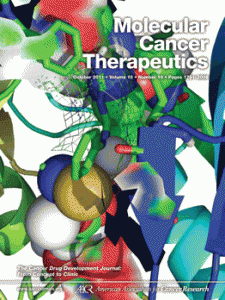TEDMED 2012: Francis Collins on how to brings drugs to market faster
If like me, you didn’t attend TEDMED in Washington DC, then you can now watch videos from the TEDMED 2012 conference.
With my interest in innovation and how to bring drugs to market faster, one video that caught my attention was by Francis Collins MD, PhD, Director of the National Institutes of Health (NIH) who talked about the challenges of going from basic science (fundamental knowledge) to its application.
In his presentation, Dr Collins talks about how it can take 14 years of research and the screening of 10,000 compounds to bring 1 new drug to market.
How can we do better was the theme of his presentation, how to make drug development go faster and be more successful?
One way to go faster is to take advantage of technology such as the ability to read the human genome, the cost of which has dramatically decreased.
Using progeria as an example, Dr Collins discussed how older drugs may be effective in new indications. Drug repurposing will be a partnership between academia, government, private sector and patient organizations, he said.
He also discussed how human cells can be used to test whether drugs are going to be safe and effective before any animal or human experiments are done.
The opportunities for drug development are exciting if the right partnerships, talent and funding are put in place. It will be interesting to see how Dr Collins vision plays out over the next few years.
I expect that as we learn more about the human genome, and better understand molecular targets, we will see more new drugs come to market that make a difference in the lives of patients.
